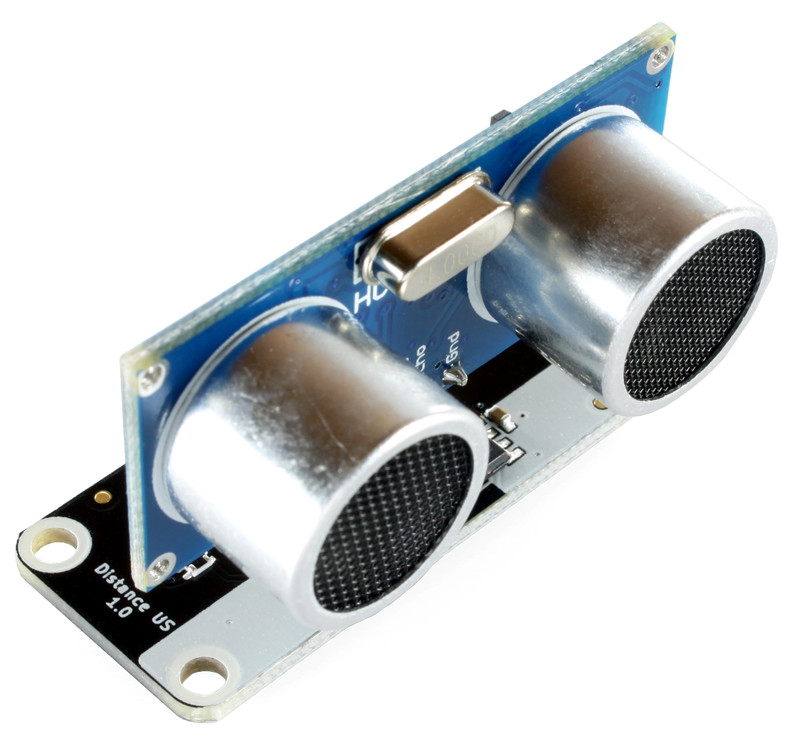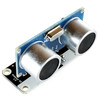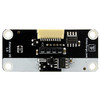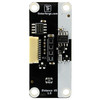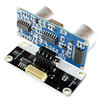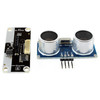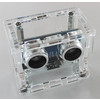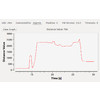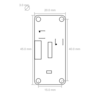- Getting Started
- Hardware
- Bricks
- Bricklets
- Master Extensions
- Power Supplies
- Discontinued Products
- Bricks
- Bricklets
- Accelerometer Bricklet
- Ambient Light Bricklet
- Ambient Light Bricklet 2.0
- Analog In Bricklet
- Analog In Bricklet 2.0
- Analog Out Bricklet
- CO2 Bricklet
- Current12 Bricklet
- Current25 Bricklet
- Distance US Bricklet
- Dual Button Bricklet
- Dual Relay Bricklet
- GPS Bricklet
- Humidity Bricklet
- Industrial Analog Out Bricklet
- Industrial Digital In 4 Bricklet
- Industrial Dual Analog In Bricklet
- Industrial Quad Relay Bricklet
- IO-4 Bricklet
- Laser Range Finder Bricklet
- LCD 16x2 Bricklet
- LED Strip Bricklet
- Load Cell Bricklet
- Moisture Bricklet
- Motion Detector Bricklet
- NFC/RFID Bricklet
- OLED 128x64 Bricklet
- Piezo Buzzer Bricklet
- PTC Bricklet
- PTC Bricklet 2.0
- Remote Switch Bricklet
- RGB LED Bricklet
- RGB LED Matrix Bricklet
- Rotary Encoder Bricklet
- Solid State Relay Bricklet
- Temperature IR Bricklet
- Thermocouple Bricklet
- UV Light Bricklet
- Voltage Bricklet
- Voltage/Current Bricklet
- Master Extensions
- Timeline
- Software
- Kits
- Embedded Boards
- Specifications
Distance US Bricklet¶
Note
The Distance US Bricklet is discontinued and is no longer sold. The Distance US Bricklet 2.0 is the recommended replacement.
Features¶
- Measures distances from 2cm to 400cm with ultrasound
- 12bit resolution
Description¶
The Distance US Bricklet is equipped with an ultrasonic distance sensor and extends Bricks by the possibility to measure distances from 2cm to 400cm. The measured distance is reported as unitless value, not in mm. This is because the relation between the distance value and the actual distance depends on the exact value of the 5V supply voltage. Deviations in the supply voltage result in deviations in the measured distance values. With configurable events it is possible to react on changing distances without polling. Typical applications can be found in robotics, usage as light barrier alternative and so on.
Technical Specifications¶
| Property | Value |
|---|---|
| Sensor | HC-SR04 |
| Current Consumption | 8mA |
| Distance | 2cm - 400cm, 12bit resolution |
| Measuring Angle | 15° |
| Update Rate | 40Hz |
| Dimensions (W x D x H) | 45 x 20 x 30mm (1.78 x 0.78 x 1.18") |
| Weight | 13g |
Resources¶
Test your Distance US Bricklet¶
To test a Distance US Bricklet you need to have Brick Daemon and Brick Viewer installed. Brick Daemon acts as a proxy between the USB interface of the Bricks and the API bindings. Brick Viewer connects to Brick Daemon. It helps to figure out basic information about the connected Bricks and Bricklets and allows to test them.
Connect the Distance US Bricklet to a Brick with a Bricklet Cable.
If you connect the Brick to the PC over USB, you should see a new tab named "Distance US Bricklet" in the Brick Viewer after a moment. Select this tab. If everything went as expected you can now see the measured distance.
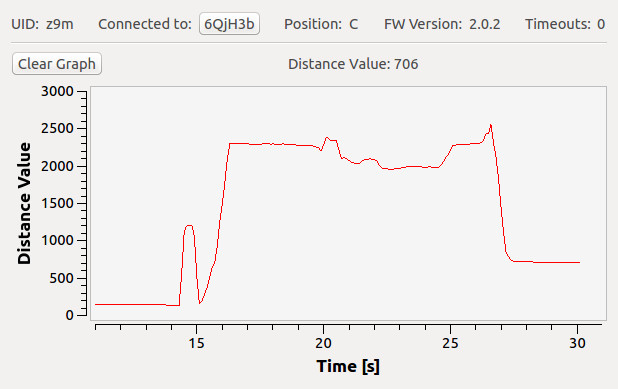
After this test you can go on with writing your own application. See the Programming Interface section for the API of the Distance US Bricklet and examples in different programming languages.
Case¶
A laser-cut case for the Distance US Bricklet is available.
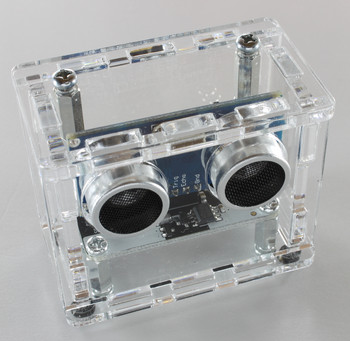
The assembly is easiest if you follow the following steps:
- Screw spacers to the Bricklet (each long spacer consists of 2x 9mm and 1x 12mm pieces),
- build up side plates and put them around Bricklet and sensor (the front plate is asymmetric, the wider margin goes to the right side, when viewed from the outside),
- screw bottom plate to bottom spacers,
- screw top plate to top spacers.
Below you can see an exploded assembly drawing of the Distance US Bricklet case:
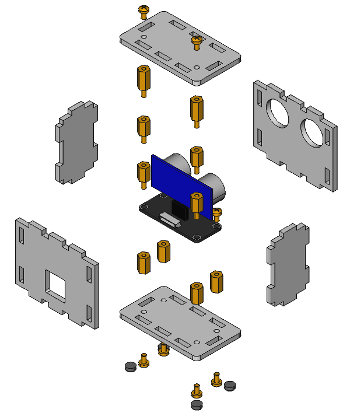
Hint: There is a protective film on both sides of the plates, you have to remove it before assembly.
Programming Interface¶
See Programming Interface for a detailed description.
| Language | API | Examples | Installation |
|---|---|---|---|
| C/C++ | API | Examples | Installation |
| C# | API | Examples | Installation |
| Delphi/Lazarus | API | Examples | Installation |
| Go | API | Examples | Installation |
| Java | API | Examples | Installation |
| JavaScript | API | Examples | Installation |
| LabVIEW | API | Examples | Installation |
| Mathematica | API | Examples | Installation |
| MATLAB/Octave | API | Examples | Installation |
| MQTT | API | Examples | Installation |
| openHAB | API | Examples | Installation |
| Perl | API | Examples | Installation |
| PHP | API | Examples | Installation |
| Python | API | Examples | Installation |
| Ruby | API | Examples | Installation |
| Rust | API | Examples | Installation |
| Shell | API | Examples | Installation |
| Visual Basic .NET | API | Examples | Installation |
| TCP/IP | API | ||
| Modbus | API |


